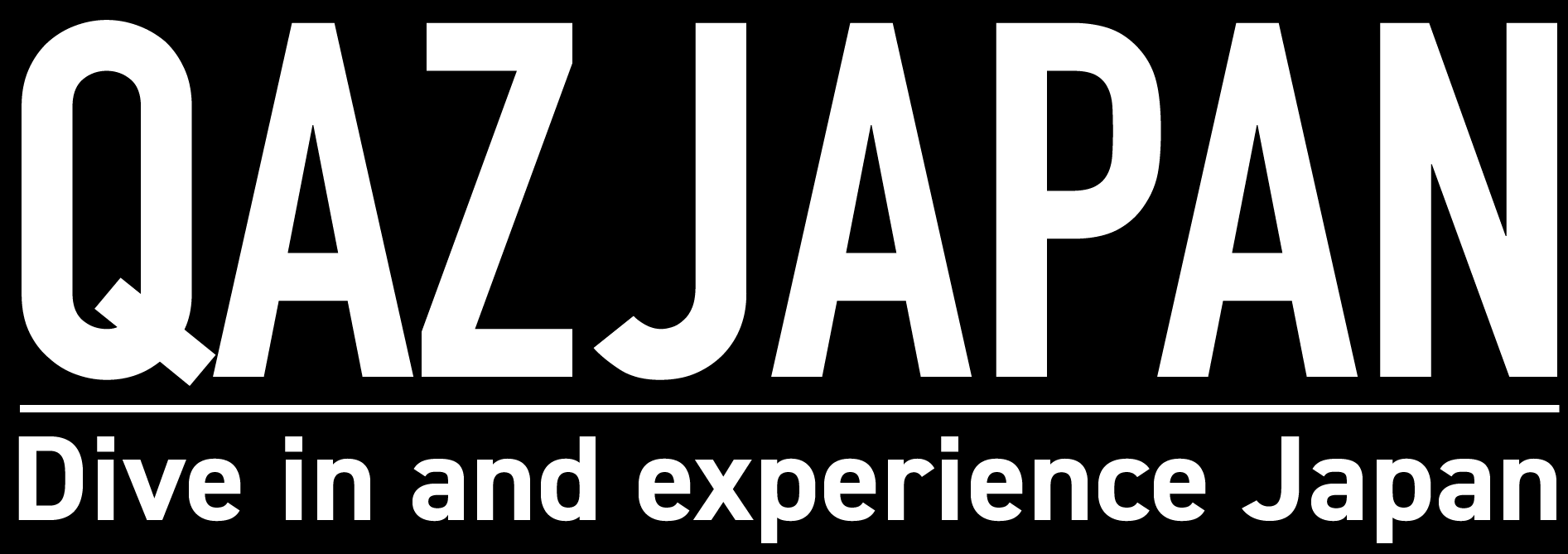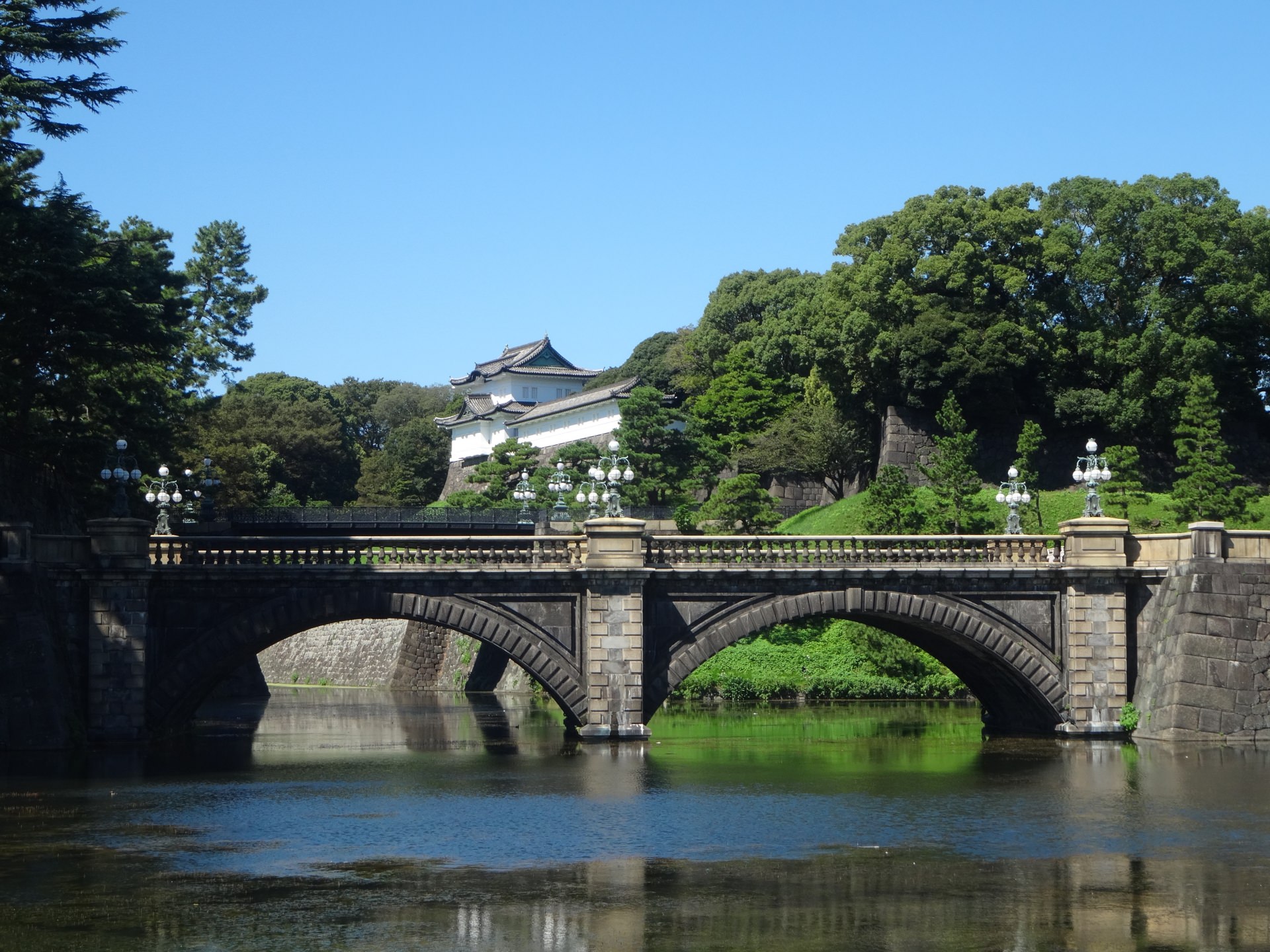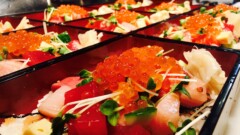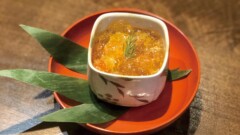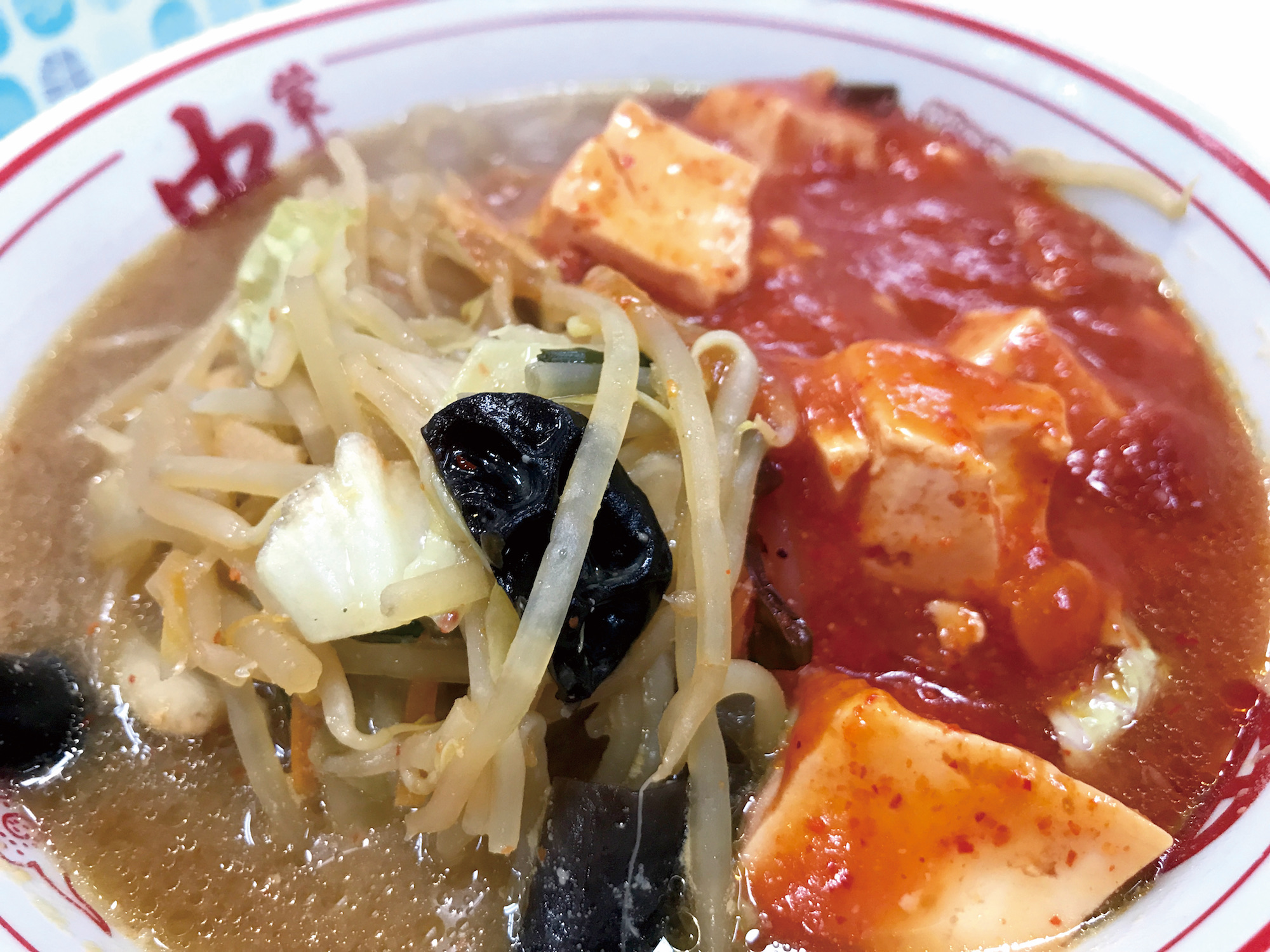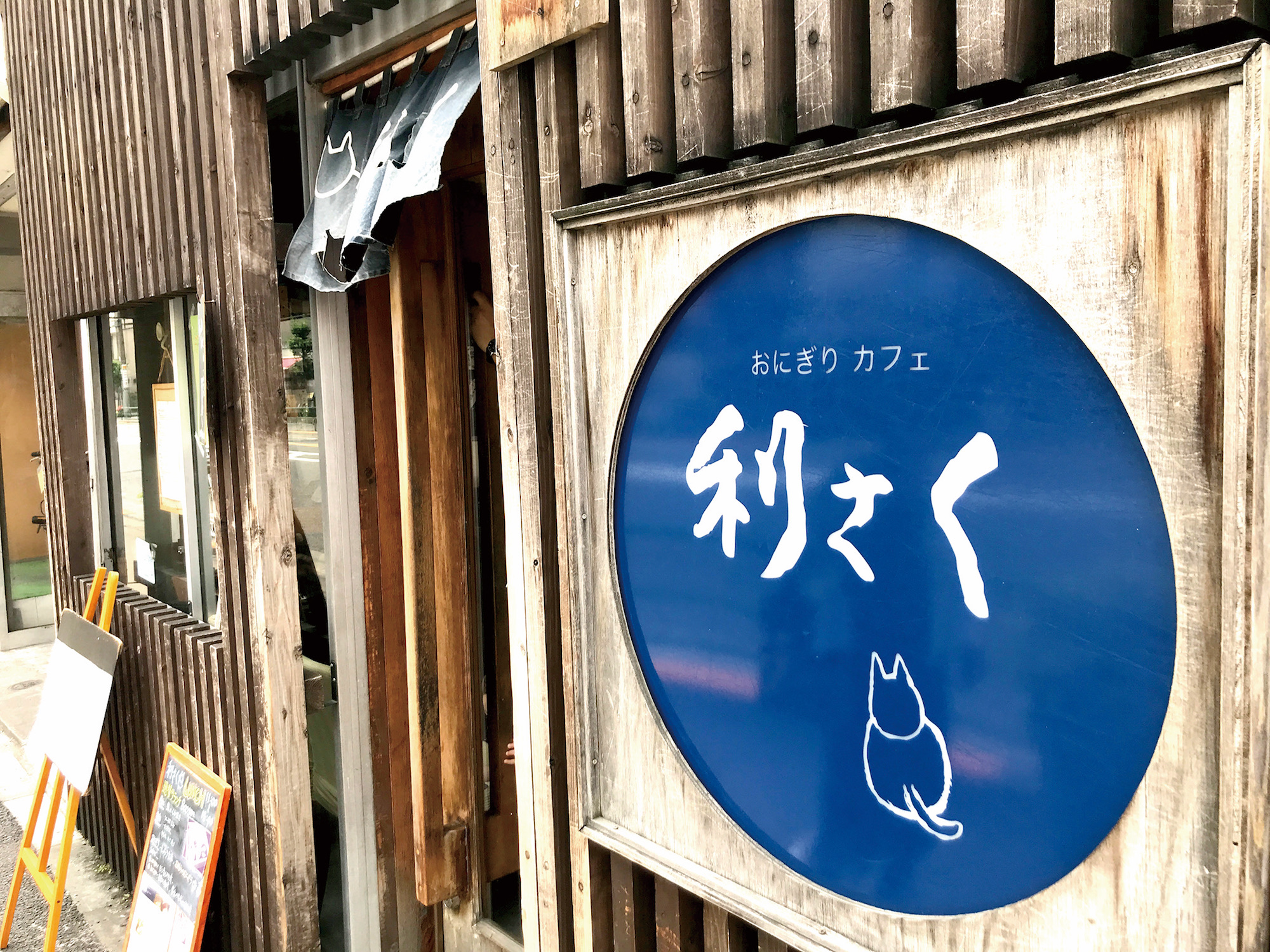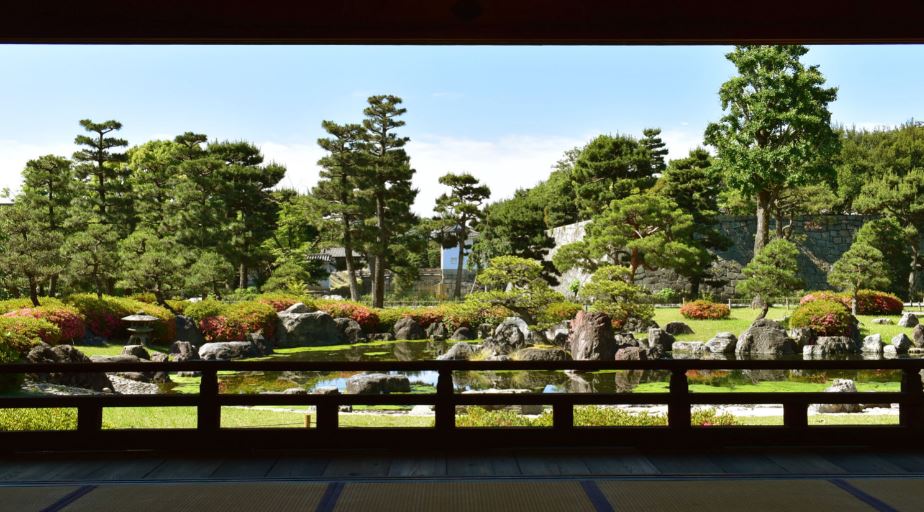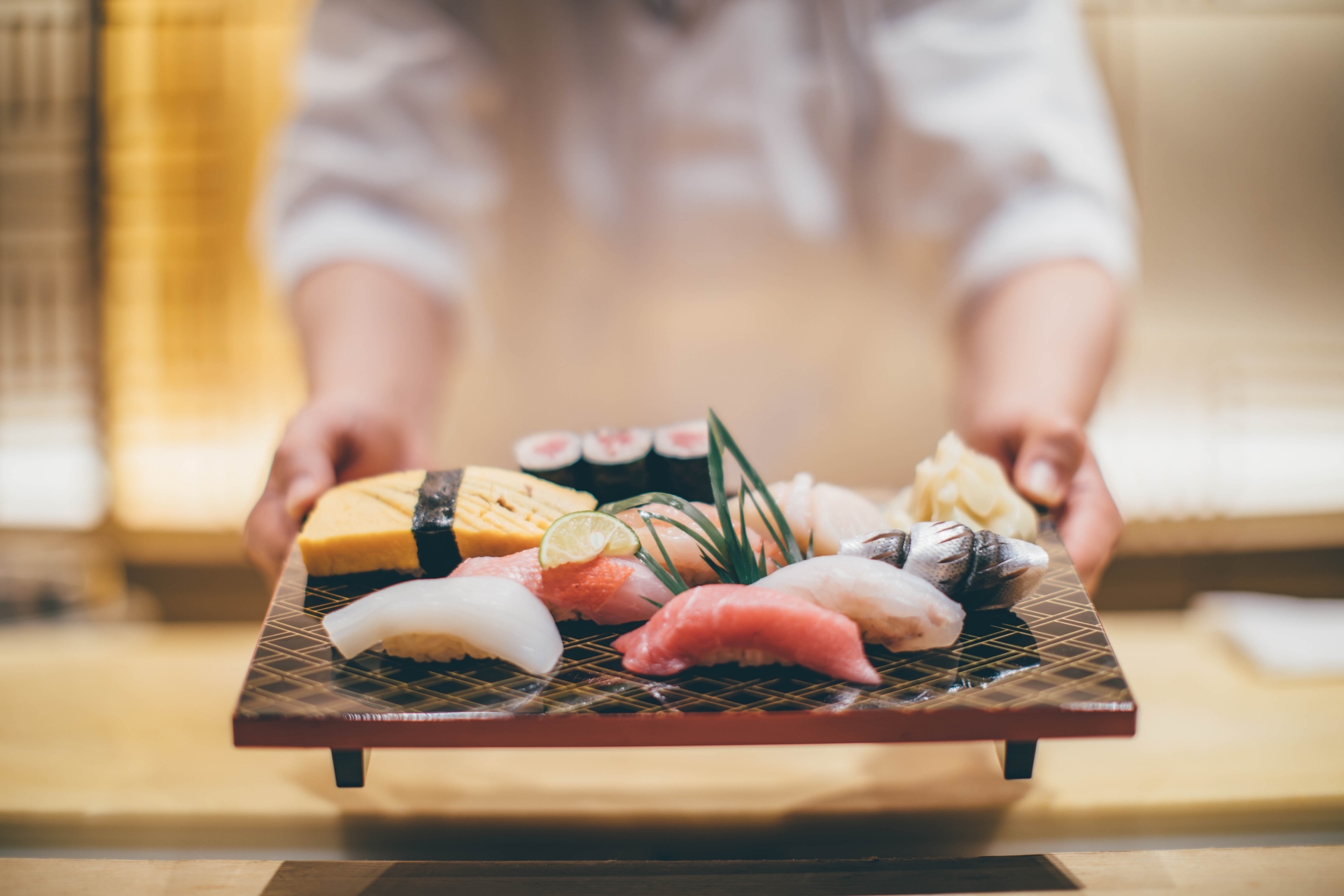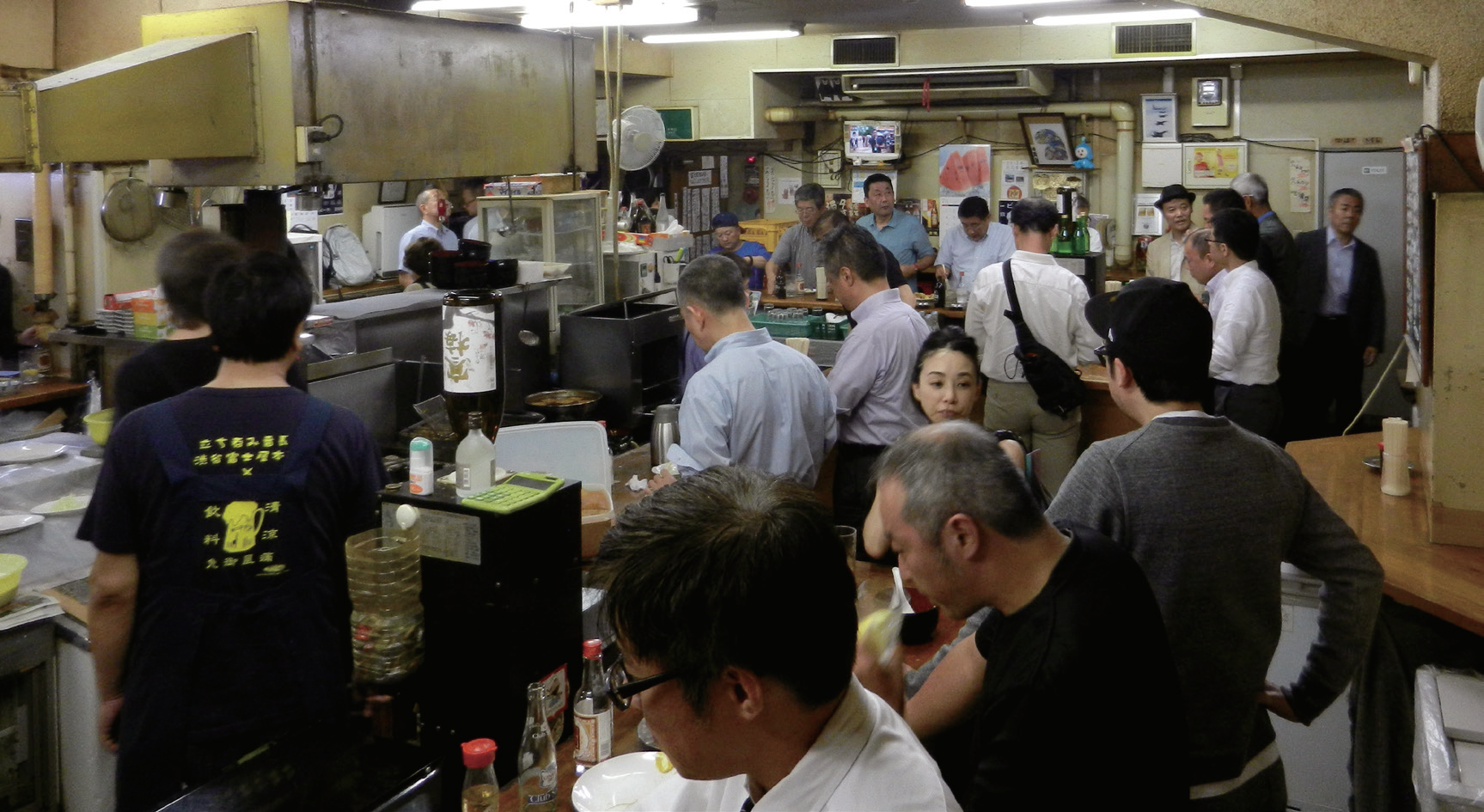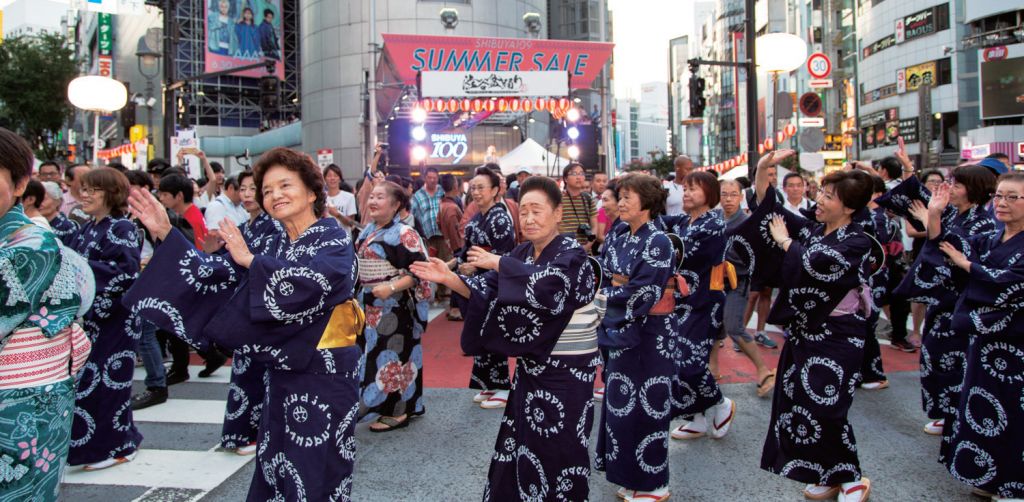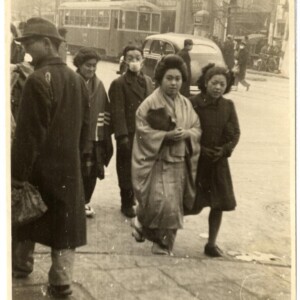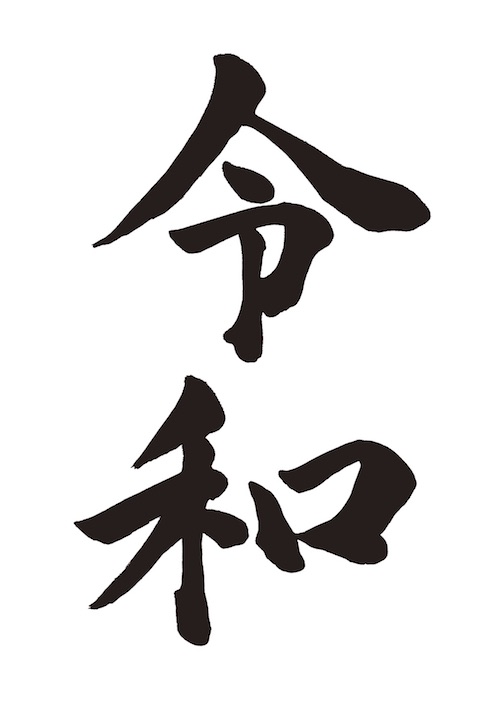
On May 1, a new emperor ascended the throne in Japan, officially ending the Heisei era and beginning the Reiwa era. This reset the count on the Japanese imperial year, or wareki. In Japan, the year is now Reiwa 1. What does this all mean? We’ll explain.
The Japanese imperial-year system has been used since emperor Jinmu was enthroned in BC 660. That’s 2,459 years ago! With each new emperor, a new era name is used. That is called the gengo. The wareki indicates the year of the era. Each era is different in length, depending on a given emperor’s reign. Thus, the Meiji era lasted 45 years; Taisho lasted 15; and Showa ran for 63 years.
The preceding era, called Heisei, ran for 30 years from 1989 to 2019. It takes a little getting used to the Japanese calendar. For example, what do the 1990s and 2010s have in common? Not much, but they are both part of the Heisei era. At the same time, Japanese people look back on these eras as distinct blocks of history. Heisei is likely to be remembered as a time of peace but also of severe natural disasters (both the 1995 Great Hanshin Earthquake and the 2011 Tohoku Earthquake and Tsunami happened in this period).
The imperial era system is not without controversy in Japan. After all, in many ways, Japan is a thoroughly modern country. Yet, we have to show both the Japanese year and the year of the Gregorian calendar, used by most of the world, on all official documents.
At the same time, this system has been used for 2,459 years. It is part of Japanese culture, stamped into our DNA. And the era names have value to us.
What will the age of Reiwa bring? It will bring the country its 126th emperor, Naruhito. The new emperor, a historian specializing in the Middle Ages, is married to a former diplomat and is raising a 17-year-old daughter. The retiring emperor, 85-year-old Akihito, will be renamed Emperor Heisei after he dies. But for now, he will be known as the first emperor to abdicate the throne in 200 years.

